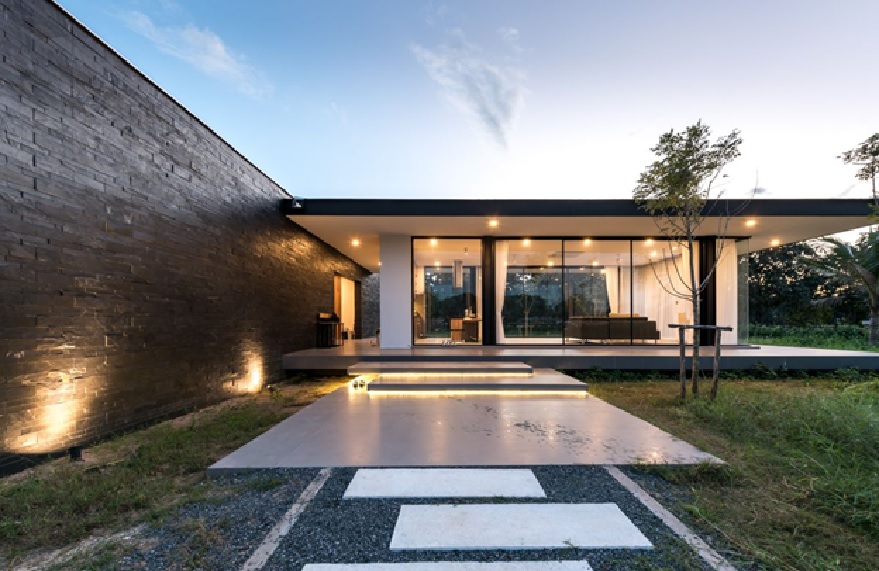Modern architects are increasingly advocating for flat roofs in urban areas, departing from the traditional dominance of sloped roofs in architectural history. Their choice is driven by various factors, which we will explore in this article. We’ll delve into the benefits, challenges, and sustainability aspects of flat-roof designs in urban environments. Additionally, we will investigate their role in mitigating the urban heat island effect, address safety considerations, and assess cost-effectiveness. Join us on this journey to discover why flat roofs have become the preferred choice in urban architecture.
Advantages of Flat Roofs in Urban Areas
Here are some advantages of using flat roofs in urban settings:
Space Utilization & Versatility
While many non-architects believe that pitched roofs provide more space due to attics, which can serve as storage or additional living areas, flat roofs possess unique advantages. The extra space offered by flat roofs is a key reason behind their popularity among modern architects. These roofs are well-suited for rooftop gardens, recreational spaces, and urban farming. They offer more usable space compared to sloped roofs, which can limit the roof’s utility. In densely populated cities, flat roofs effectively increase available space and enhance the overall quality of urban living.
Energy Efficiency
Sloped roofs can trap heat during hot summers, leading to increased indoor temperatures and greater demand on HVAC systems. This results in higher energy consumption and costs. Flat roofs, on the other hand, can contribute to a building’s energy efficiency. Incorporating reflective and insulation materials can reduce cooling expenses during warmer months. Furthermore, flat roofs facilitate the installation of solar panel systems, harnessing solar energy to power buildings and even feeding excess energy back into the power grid.
Aesthetics & Modern Appeal
Although flat roofing was initially prevalent in commercial buildings, the misconception that they were solely suited for industrial structures has changed. Thanks to architects highlighting their advantages, flat roofs are now commonly found on residential properties as well. They contribute to a home’s aesthetic appeal just as effectively as sloped roofs. Modern architects often choose flat roofs to achieve a sleek, minimalist aesthetic that complements contemporary urban landscapes. This modern appeal has become synonymous with progressive architecture and resonates well with urban dwellers.
Integration of Green Roof Systems
Flat roofs provide a more straightforward platform for integrating green roof systems, promoting sustainability and environmental conservation. Green roofs consist of vegetation that helps regulate temperatures, enhance air quality, and reduce runoff. This eco-friendly addition to buildings can transform urban areas into greener, more environmentally-conscious spaces.
In conclusion, the shift toward flat roofs in urban architecture is driven by their unique advantages, including space utilization, energy efficiency, modern aesthetics, and integration with green roof systems. These roofs are a response to the evolving needs of urban environments, fostering both functionality and sustainability.
This post was written by a roofing specialist at All Star Roofing. We offer the best roofers in Tampa Bay FL. We are a family-owned and operated roofing business, striving to be the best in our industry. Our family has been in the Tampa Bay area for over 60 years, and our objective has always been to provide roofing services at a fast, reliable, and competitive rate. All Star has a tradition of quality workmanship, servicing residential and commercial properties. Click here for more information!

